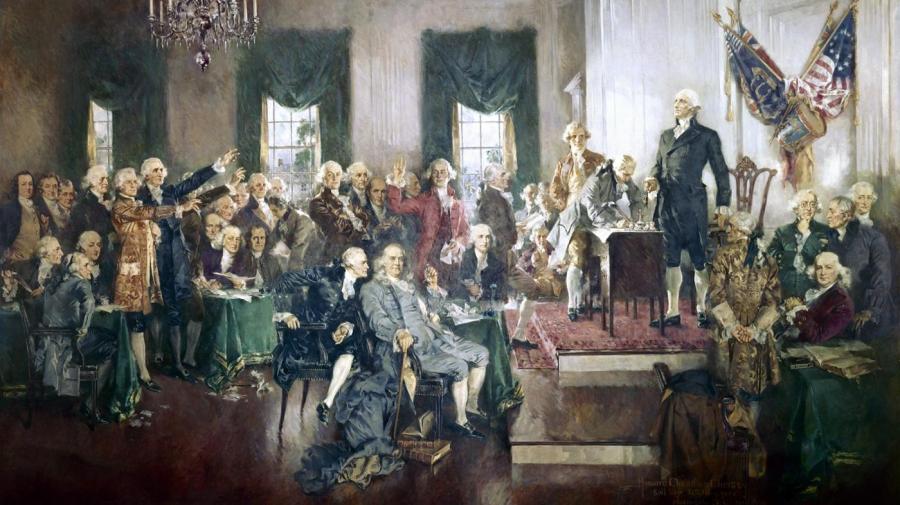What Was the Three-Fifths Compromise?

The Three-Fifths Clause was one of the many compromises delegates worked out during the Constitutional Convention in 1787. It struck a balance between large slave states in the South and smaller northern states that had abolished slavery. It restricted, but not eliminated, the apportioned congressional representation of slave states by limiting the Census to counting slaves as only three-fifths of a person.
The Three-Fifths clause was the compromise position on the demand of large slave states, such as Virginia, that seats in Congress be apportioned according to the total population of the states. Northern delegates, wary of Southern power and concerned over the expansion of slavery, pointed out that none of the slaves counted by the Census would be allowed to vote.
Counting slaves as though they were free citizens, therefore, would have resulted in a disproportionate allocation of power to Southern planters, whose districts have a large total population but only a small fraction are allowed to influence elections. This creates a relatively large number of districts in Southern states, with each white citizen’s vote counting far more than that of the equivalent Northern voter. Counting slaves as three-fifths of a citizen limited this effect without entirely eliminating it.





